Diagram Of Bow
Diagram of bow. The power of a Bow Tie diagram is that it gives you an overview of multiple plausible scenarios in a single picture. Bow-tie diagram is a qualitative visual risk analysis tool that can be used to communicate and analyse risk scenarios. A BowTie diagram is a form of risk assessment to identify these potential hazards.
The rigid center portion of the bow which is held when shooting. In short it provides a simple visual explanation of a risk that would be much more difficult to explain otherwise. A wrapping of thread around the bow string at points of nocking to prevent wear.
The bowtie diagram is a risk-assessment visual concept. Download a free PowerPoint Bowtie Diagram Template here. Is shaped like a bow-tie creating a clear differentiation between proactive and reactive risk management.
The power of a BowTieXP diagram is that it gives you an overview of multiple plausible scenarios in a single picture. Can have single cam system or dual cam system. The round or oval disks that are attached to the end of the limbs.
All you need is your favorite ribbon chenille stems and a pair of sci. In general this diagram is used for communicating and simplifying the flow of risk thinking. Diagram courtesy of Fiona Boyle R4Risk.
Lower working flexible portion of the bow. Without getting too technical everything else held constant the curvature of the limbs of a recurve bow allow them to shoot faster arrows than regular longbows. In other words the bowtie method aims to analyze and to understand the pathways of risk from its causes to its consequences.
The first is more of a blank image which I invite people to add their own text as I know every coach might have different parts of a bow they might want to point out. It has the shape of a bow tie.
History of bow-ties The exact starting point of the bow-tie methodology has been lost but it is believed that they were originally called butterfly diagrams and evolved from the cause consequence diagram of the.
The diagram is shaped like a bow-tie creating a clear differentiation between proactive and reactive risk management. In other words the bowtie method aims to analyze and to understand the pathways of risk from its causes to its consequences. It gets its name from the bowtie shape of the diagram which separates proactive and reactive risk management. A bow-tie diagram uses the risk scenario under consideration as the knot of the tie with two trees either side the left-hand tree is a fault tree showing the causal relationships that cause the risk and the right-hand tree is an event tree showing the consequences of the risk. In short it provides a simple visual explanation of a risk that would be much more difficult to explain otherwise. Learn how to tie a beautiful bow Jillian will teach you in just a few simple steps. Diagram courtesy of Fiona Boyle R4Risk. We have created a free bowtie diagram template with a handy cheat sheet to get you started on your first bowtie diagram. Download scientific diagram Diagram of bow-tie analysis for gas leakage.
The power of a BowTieXP diagram is that it gives you an overview of multiple plausible scenarios in a single picture. The diagram is shaped like a bow-tie creating a clear differentiation between proactive and reactive risk management. To use the bow-tie you first start with visually analysing plausible incident scenarios that could exist around a certain hazard. In general this diagram is used for communicating and simplifying the flow of risk thinking. Connected from bottom of bow to the riser and to the bows cam system. A bow-tie diagram uses the risk scenario under consideration as the knot of the tie with two trees either side the left-hand tree is a fault tree showing the causal relationships that cause the risk and the right-hand tree is an event tree showing the consequences of the risk. In other words the bowtie method aims to analyze and to understand the pathways of risk from its causes to its consequences.


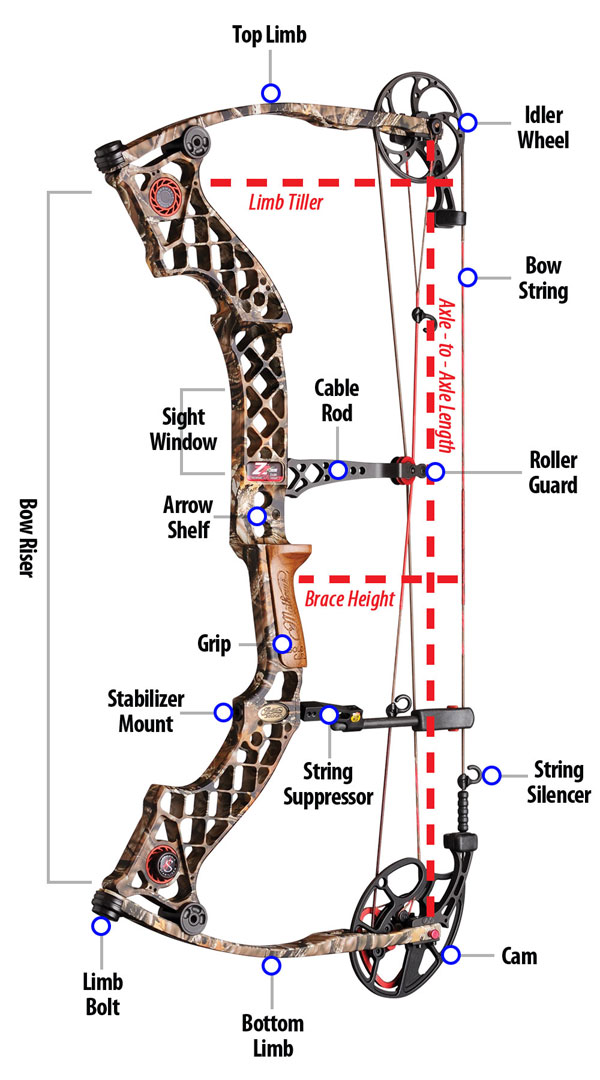
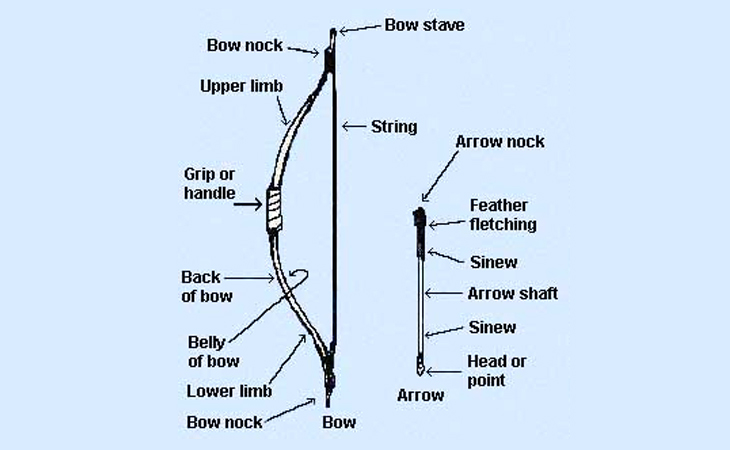




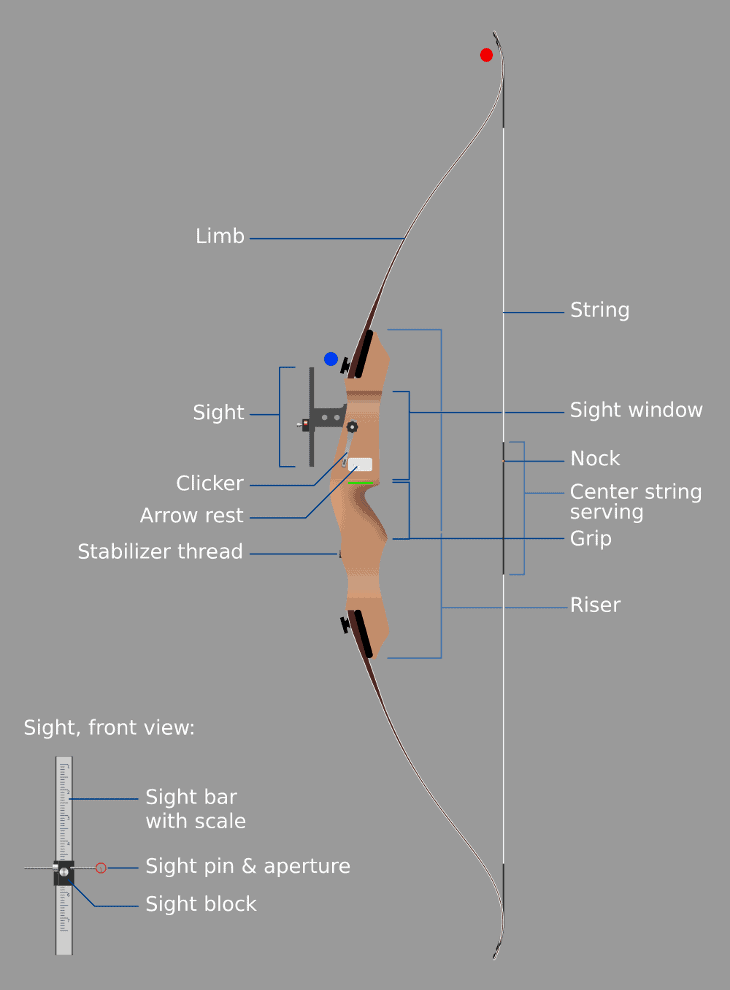


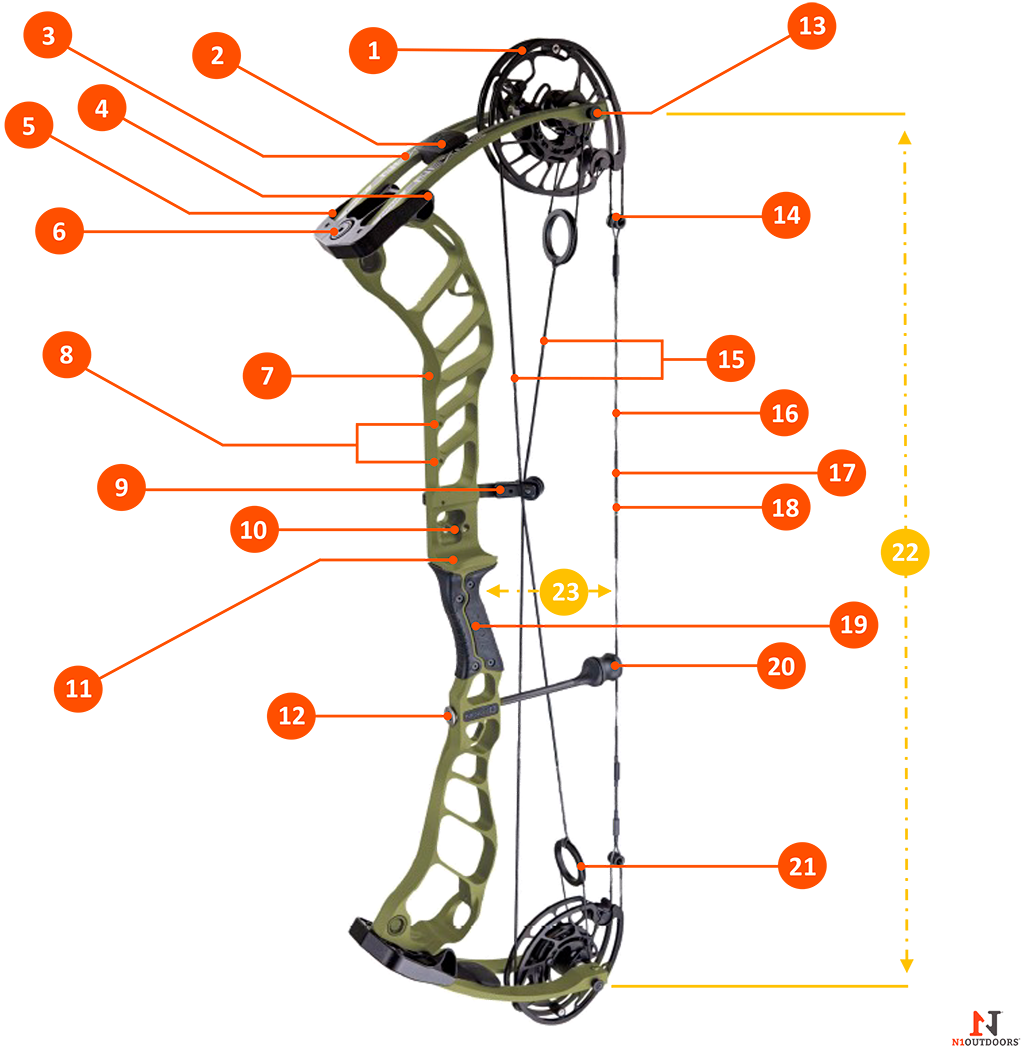







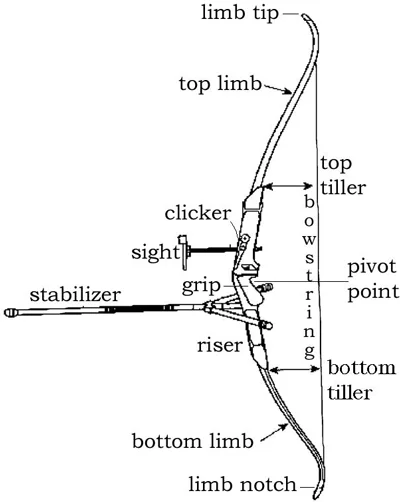


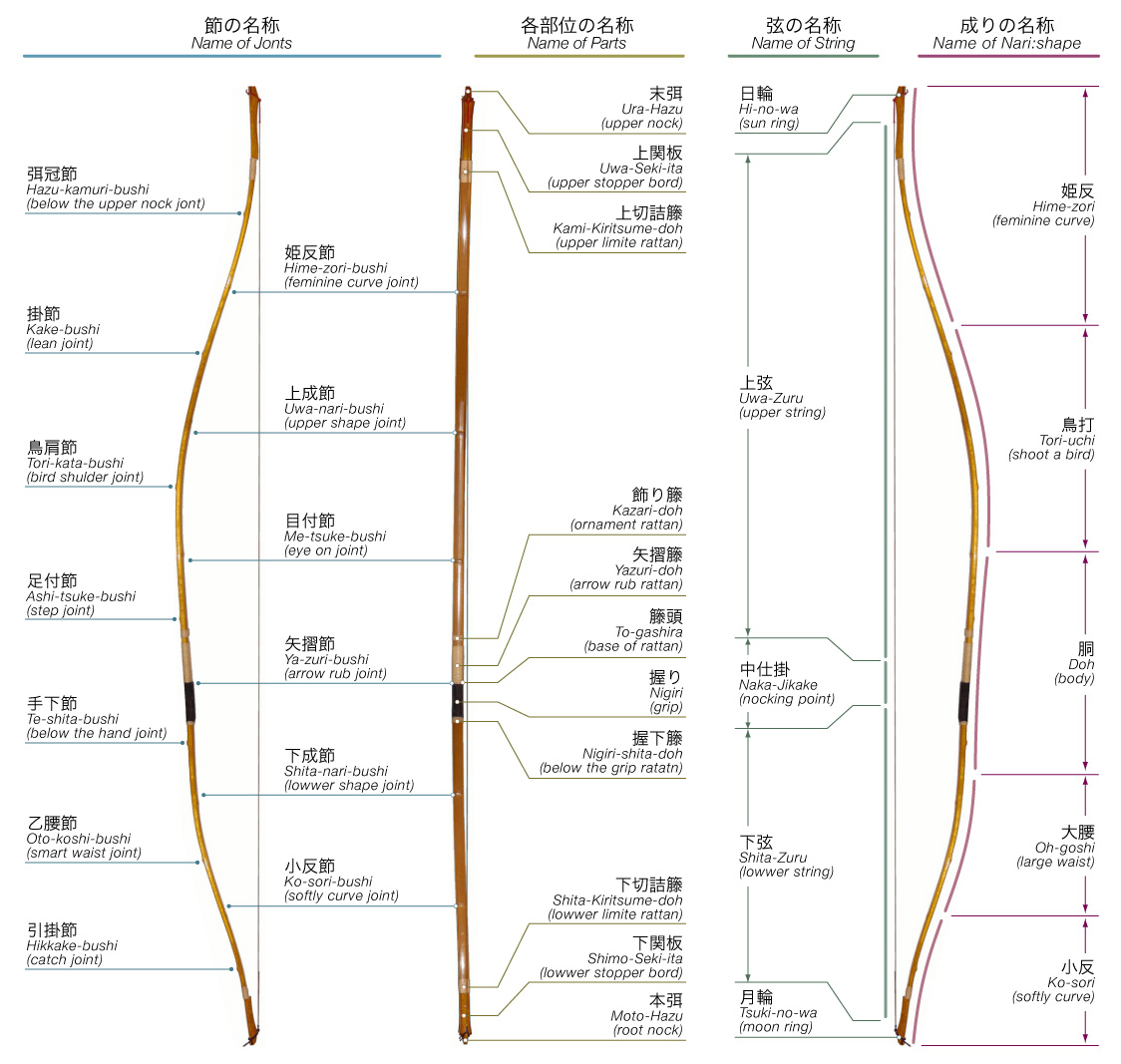
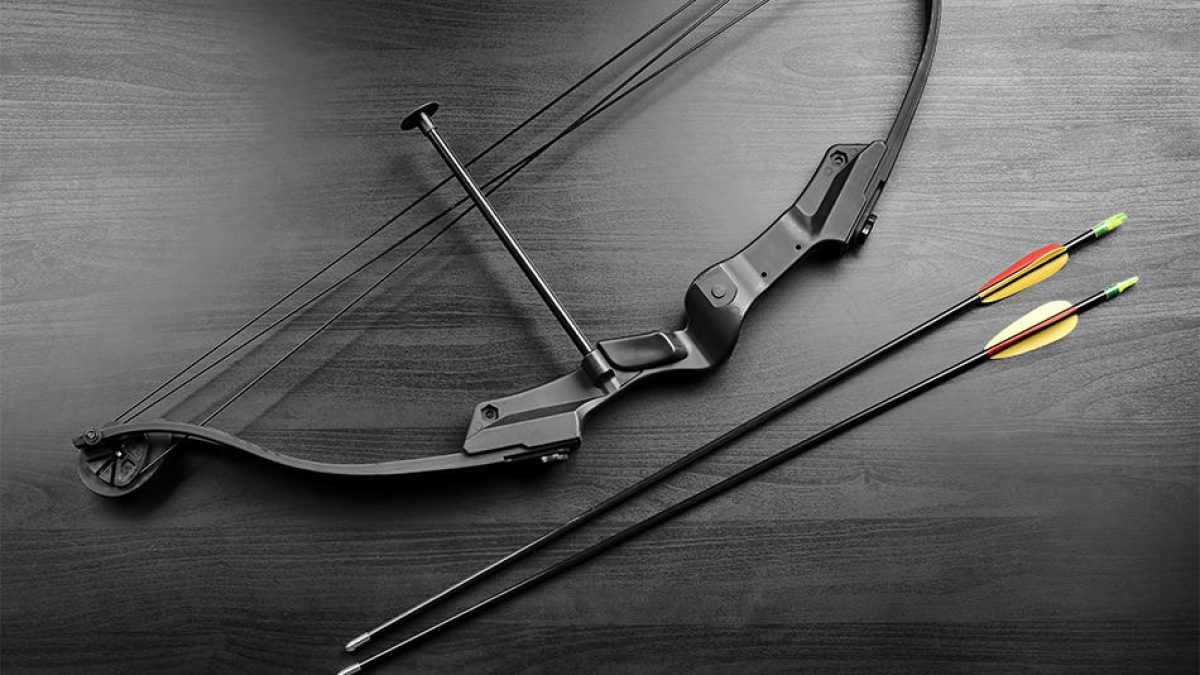


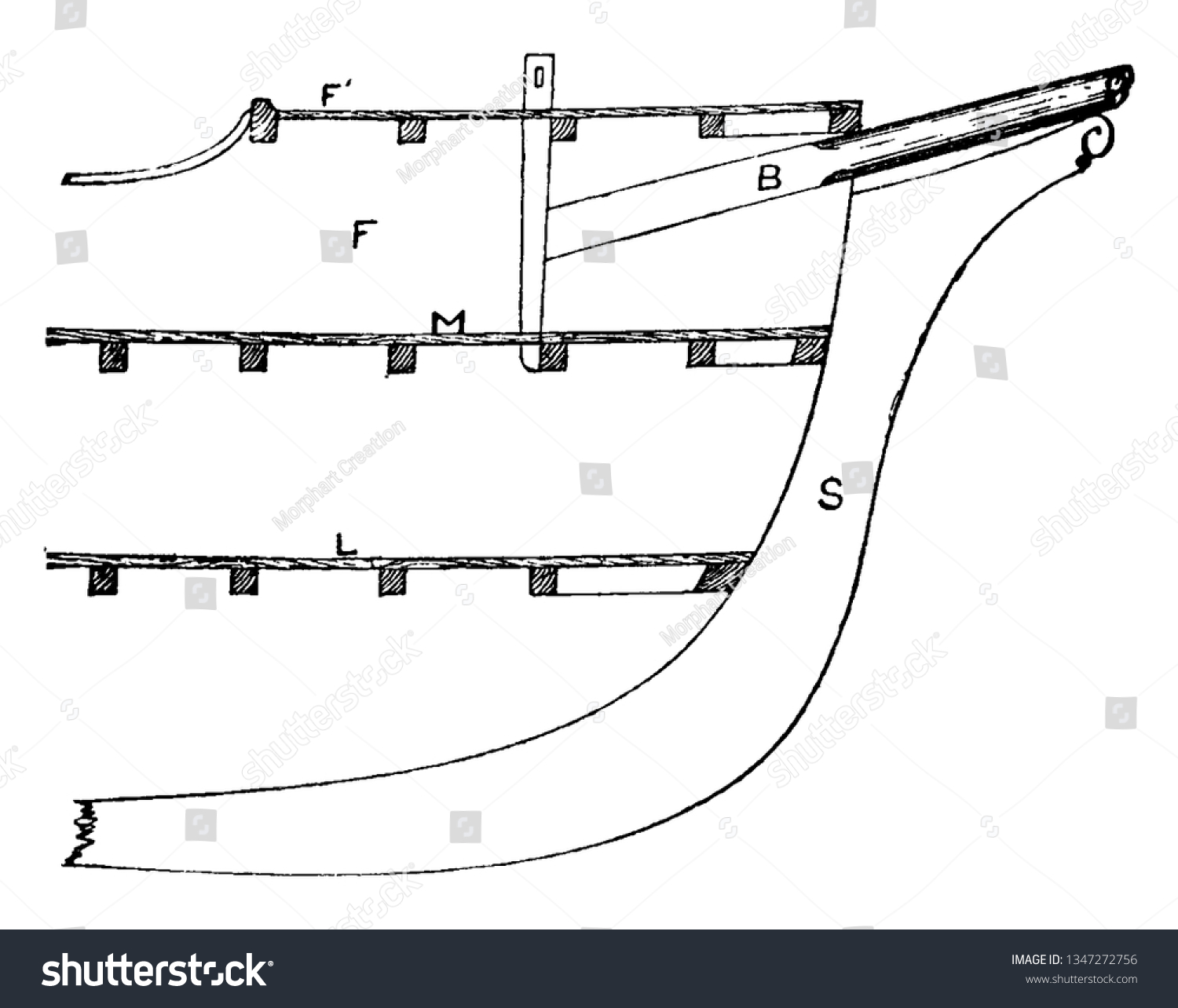




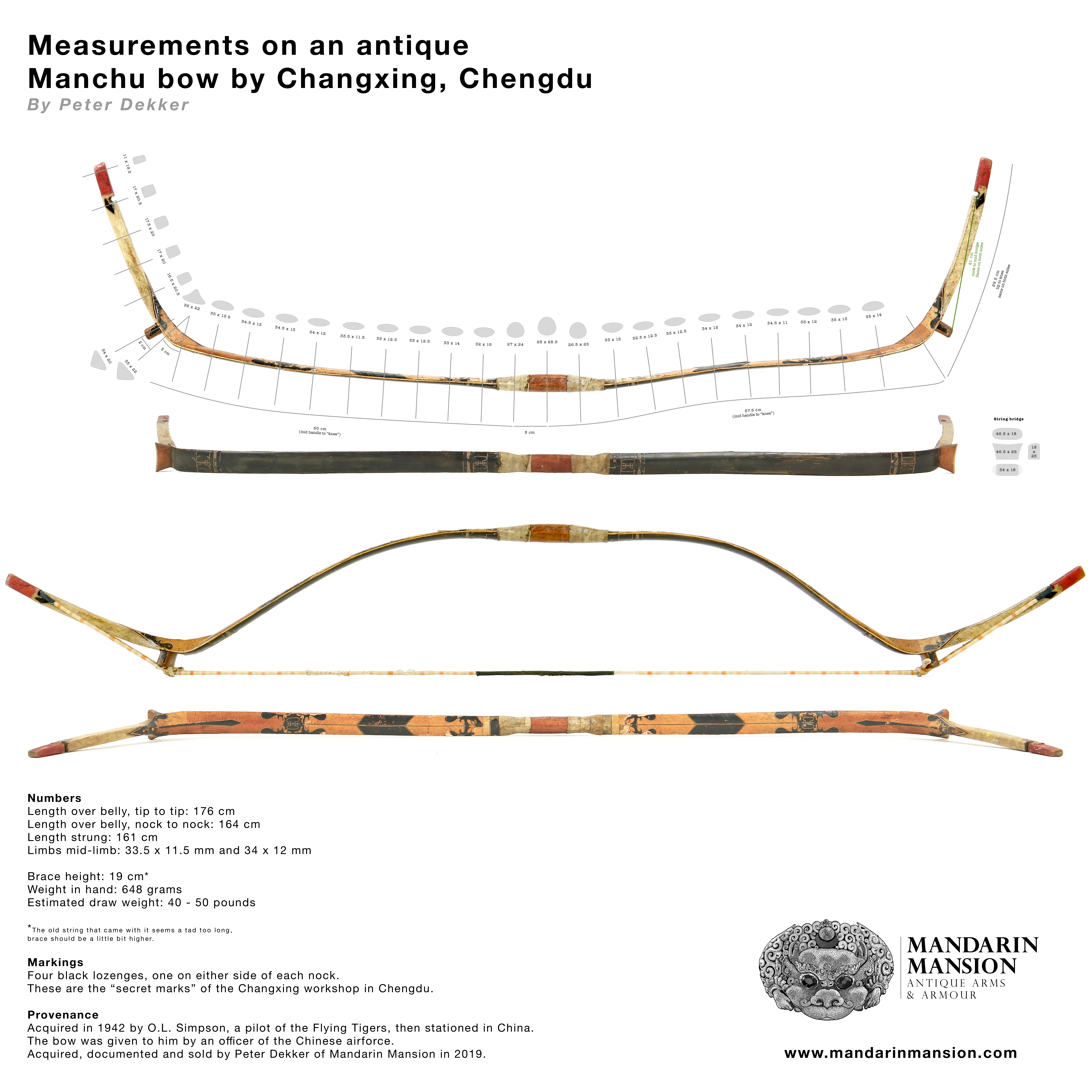
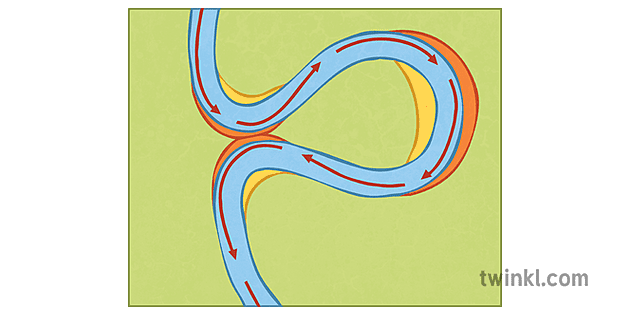






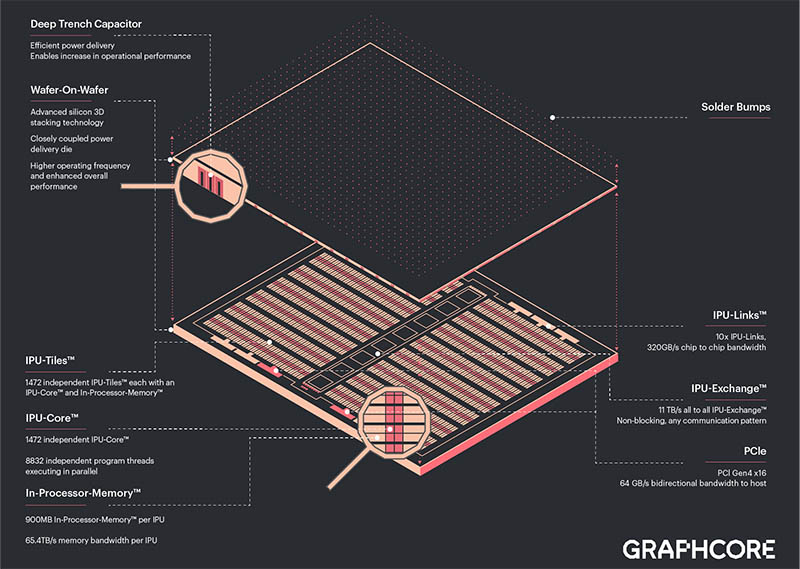


Post a Comment for "Diagram Of Bow"